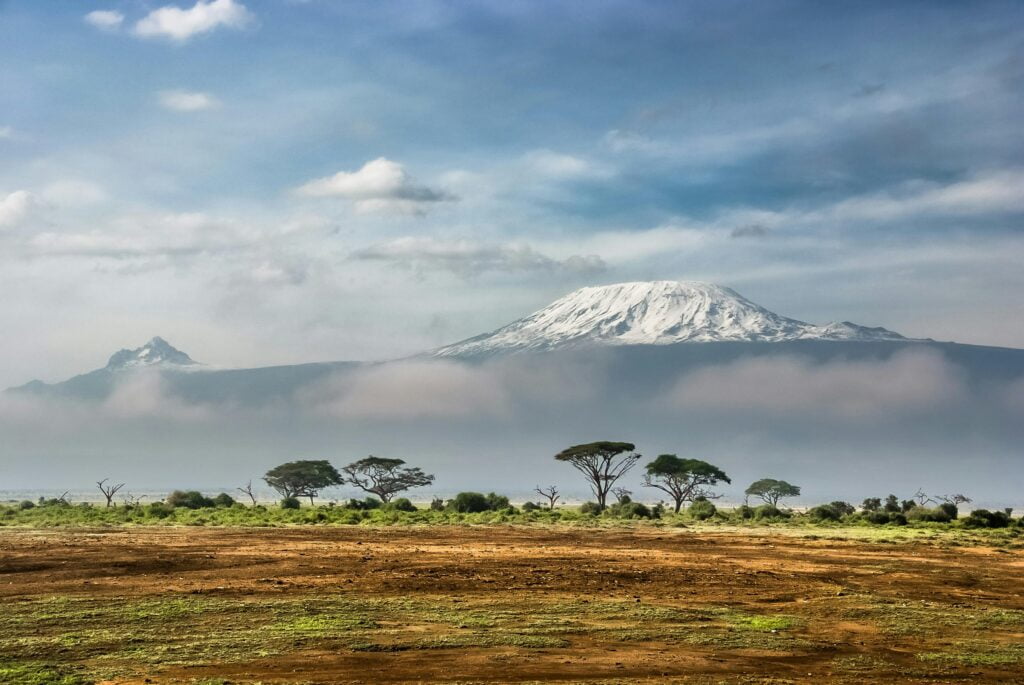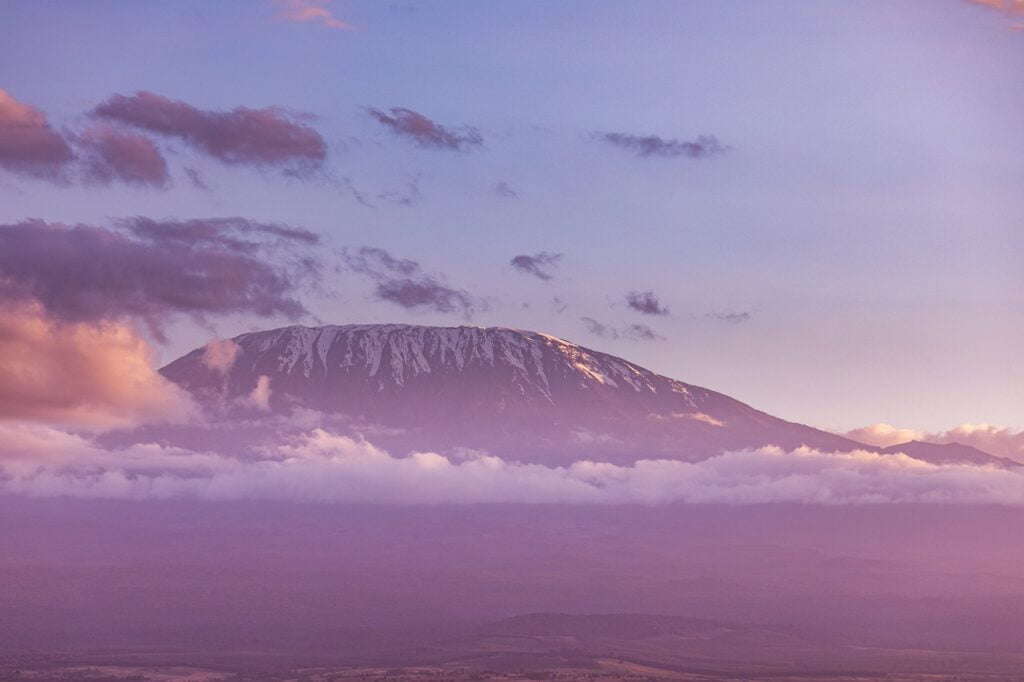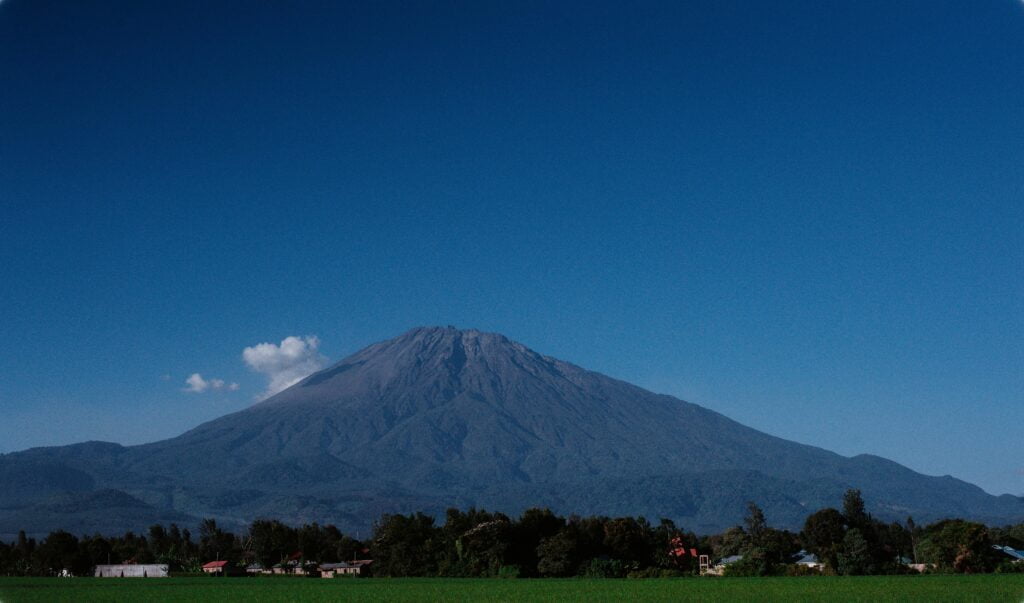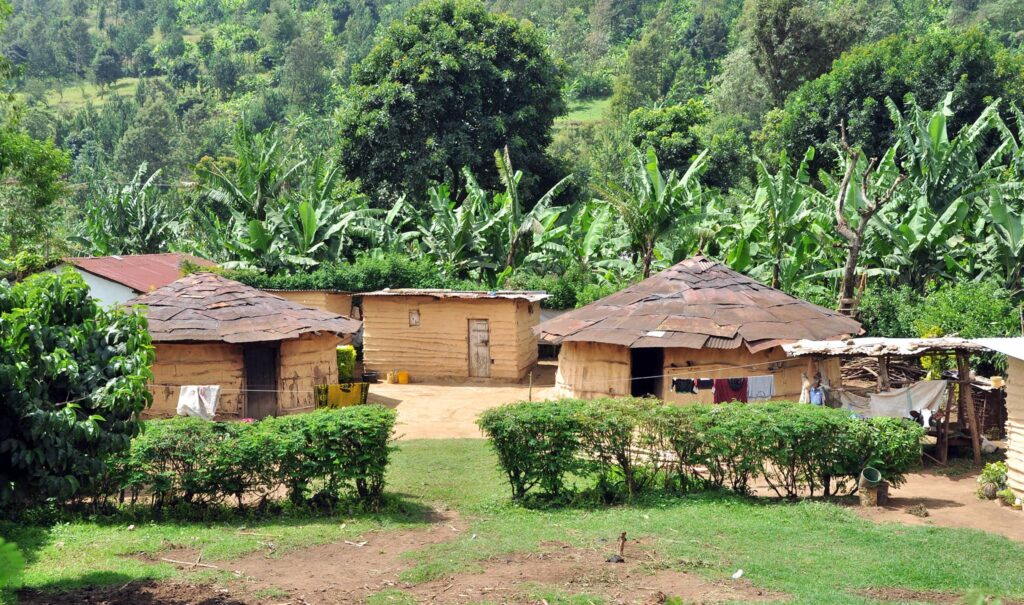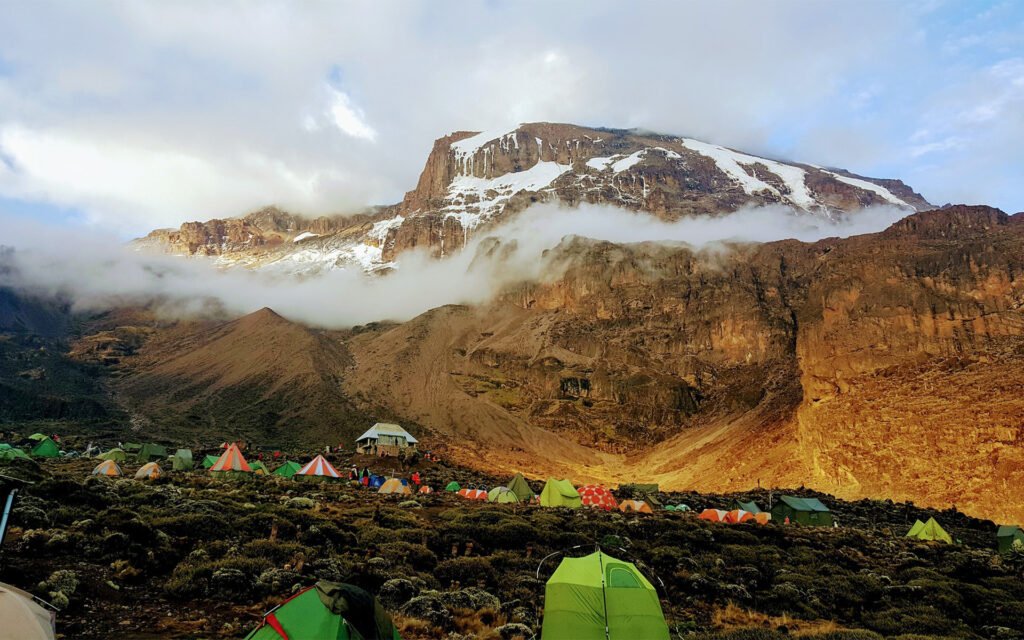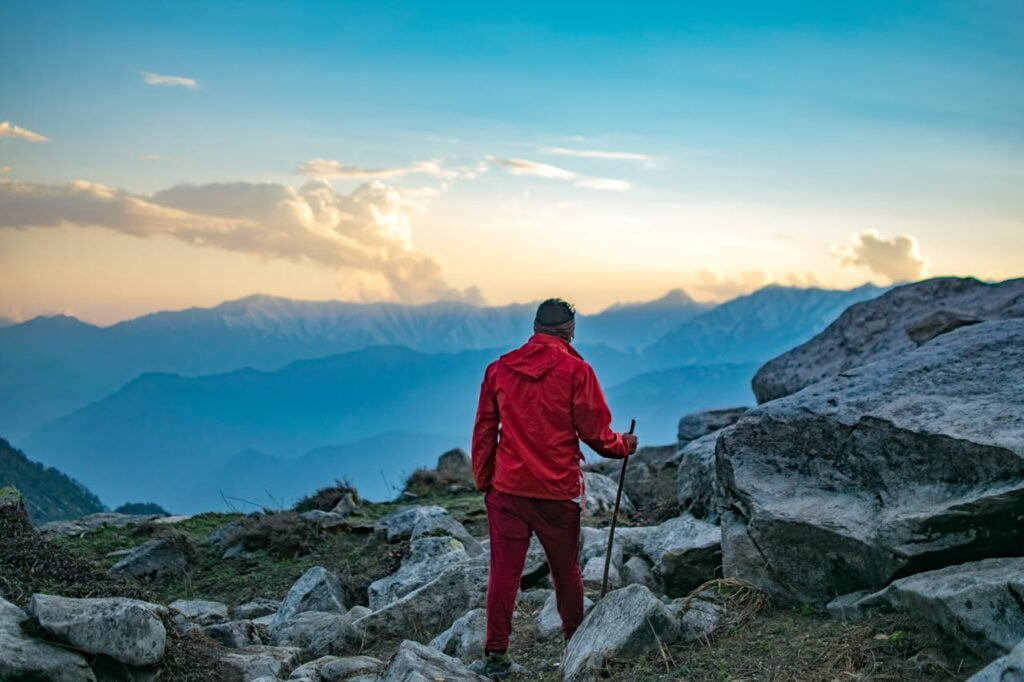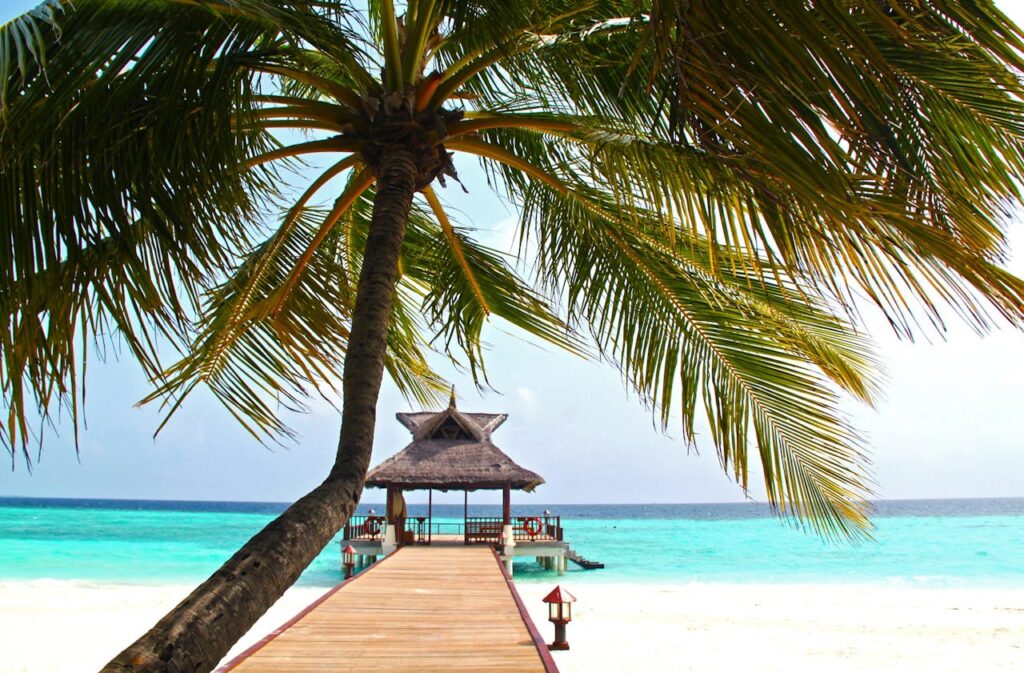Beyond the Summit: Combining Mountain Trekking with Safari Adventures in Tanzania
Tanzania is renowned for its spectacular safaris and majestic mountains. Combining mountain trekking with traditional safari experiences offers the best of both worlds, creating a multifaceted adventure that highlights the country’s diverse landscapes and wildlife. Here’s how you can maximize your Tanzanian adventure. Why Combine Trekking and Safari? Diverse Experiences: Enjoy the thrill of mountain climbing and the excitement of wildlife safaris. Comprehensive Exploration: Witness Tanzania’s varied ecosystems, from alpine environments to savannahs. Cultural Immersion: Engage with local communities in different regions. Proposed Itinerary Day 1-3: Safari in Serengeti National Park Witness the Great Migration Game drives to spot lions, elephants, and more Day 4-10: Mount Kilimanjaro Trek Choose your preferred route Experience diverse climates and landscapes Day 11-13: Zanzibar Beach Relaxation Unwind on pristine beaches Explore Stone Town’s rich history Benefits of a Combined Tour Variety: Prevent trekking fatigue by alternating between active and relaxing days. Efficient Use of Time: Maximize your travel experience within a limited timeframe. Expert Planning: Let Future African Safari Tour Company handle logistics for a seamless adventure. Logistical Considerations Travel Arrangements: Coordinate flights and transfers between parks and trekking sites. Accommodation: Balance between campsites, lodges, and luxury resorts. Health and Safety: Ensure vaccinations and health precautions are in place for both trekking and safari activities. A combined trekking and safari adventure in Tanzania offers an unparalleled travel experience that caters to diverse interests. Whether you’re climbing Kilimanjaro or spotting the Big Five, Future African Safari Tour Company ensures every aspect of your journey is meticulously planned and unforgettable. Book With Us Kilimanjaro 3 tours Safari 9 tours Zanzibar 3 tours
Beyond the Summit: Combining Mountain Trekking with Safari Adventures in Tanzania Read More »

